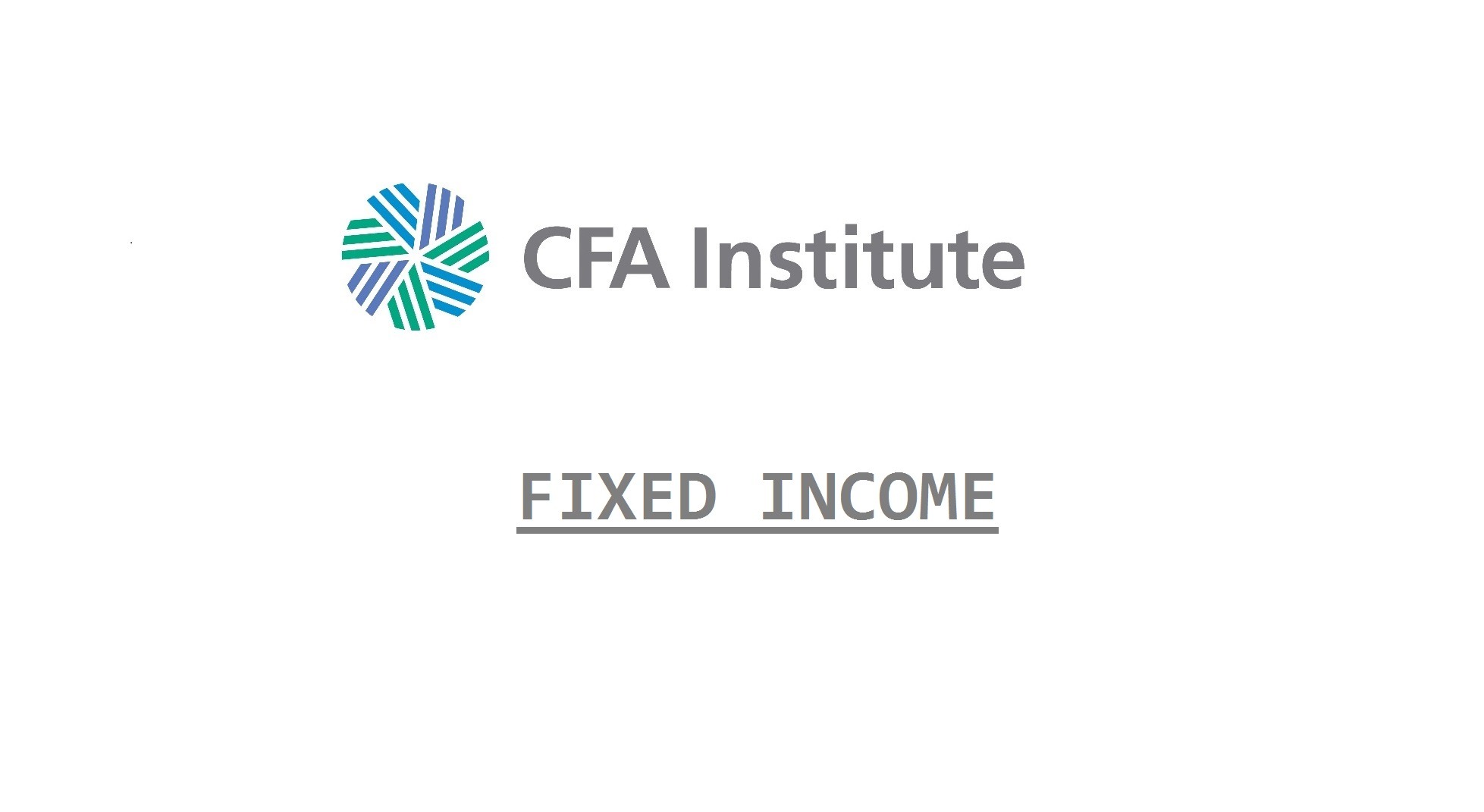Butterfly trades are a leveraged way to capture value when curvature changes. They involve taking a long and offsetting short position in the bullet and offsetting barbell. The short position funds the long position so no investor capital is required. The long and short duration cancel each other for a 0 net duration. Butterfly trades profit primarily from change in curvature.
A butterfly portfolio shorting intermediate-term bonds (borrowing at intermediate rates) and investing the proceeds in the barbell portfolio is like a super barbell. This can be called short the body (intermediate) and long the wings (barbell).
- It profits from increasing curvature.
- It also has net positive convexity and profits from high volatility. Recall the barbell with more disperse cash flow will have greater convexity than the concentrated cash flow short bullet position. Thus, long the barbell convexity less short the bullet convexity will be net positive convexity.
A butterfly portfolio shorting the barbell portfolio (borrowing at a combination of shorter and longer rates) and investing the proceeds in intermediate-term bonds is like a super bullet. This can be called short the wings and long the body.
- It profits from decreasing curvature.
- It also has net negative convexity and profits from having higher yield. Recall that in a rational market the compensation for giving up convexity is higher yield, all else the same.
Condor trades work the same and are evaluated the same as butterfly trades. The only modification is that two positions with relatively close duration are used for the bullet. For example, a super bullet butterfly could be constructed as long the 7 duration and short the 3 and 11 duration wings. A condor is similar but could use an equal weighted combination of long the 6.5 and 7.5 duration instead of a single long 7 duration position. The wings would remain as short the 3 and 11 duration.
